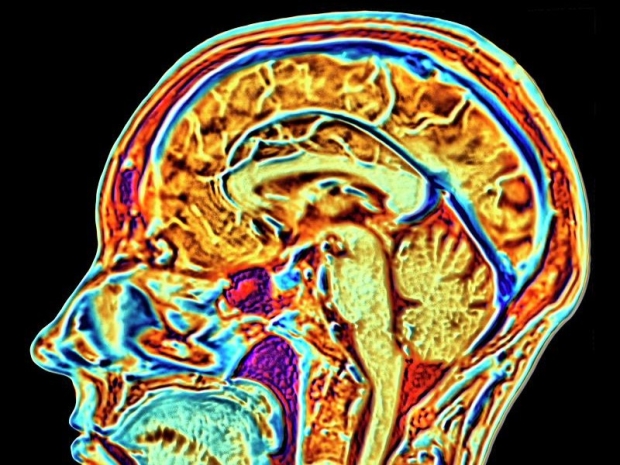Early results spotted some nerve sparks, and he said the patient was doing fine.
The firm aims to link human brains to computers and wants to help sort out tricky brain problems.
A bunch of rival firms have already done the same thing in a way that requires less invasive surgery.
Musk's firm received the FDA's approval to test the chip on humans in May, a big win after earlier battles to get the OK.
This lets them start the six-year study where a robot is used to stick 64 bendy threads, thinner than a human hair, onto a part of the brain that controls movement.
The firm says that these threads let its trial implant - powered by a battery that can be charged without wires - record and send brain signals to an app that works out how the person wants to move.
Posting on X, the social media site he owns, which used to be called Twitter, Mr Musk said Neuralink's first product would be Telepathy – if Telepathy involved hacking into someone’s skull, we would have thought Musk meant to call it trepanning.
Telepathy, Musk said, would let you "control your phone or computer, and through them almost any device, just by thinking".
"First users will be those who can't use their limbs," he said.
Talking about the late British boffin with motor neurone disease, he added: "Imagine if Stephen Hawking could chat faster than a speed typist or auctioneer. That is the goal."
Like many things Musk, he is a long way behind rivals. Utah-based Blackrock Neurotech stuck its first of many brain-computer links in 2004.
Precision Neuroscience, set up by a Neuralink co-founder, also wants to help people who can't move. Its implant looks like a very thin bit of tape that sits on the brain's surface and can be stuck in via a "cranial micro-slit", which it says is a lot easier.
Existing devices have also shown results. In two recent US science studies, implants were used to watch brain activity when a person tried to speak, which could then be worked out to help them talk.
Animal rights groups slammed Musk’s program after it was discovered that the death rate in lab animals was extremely high.

